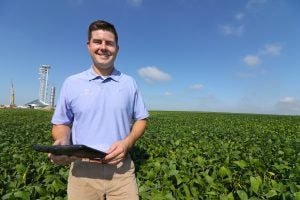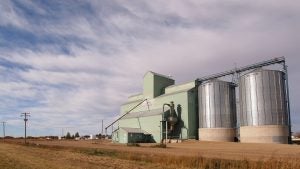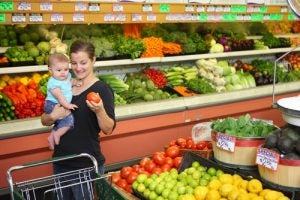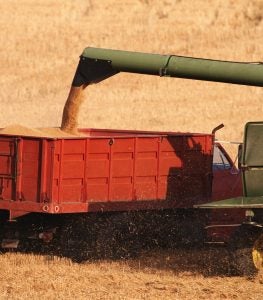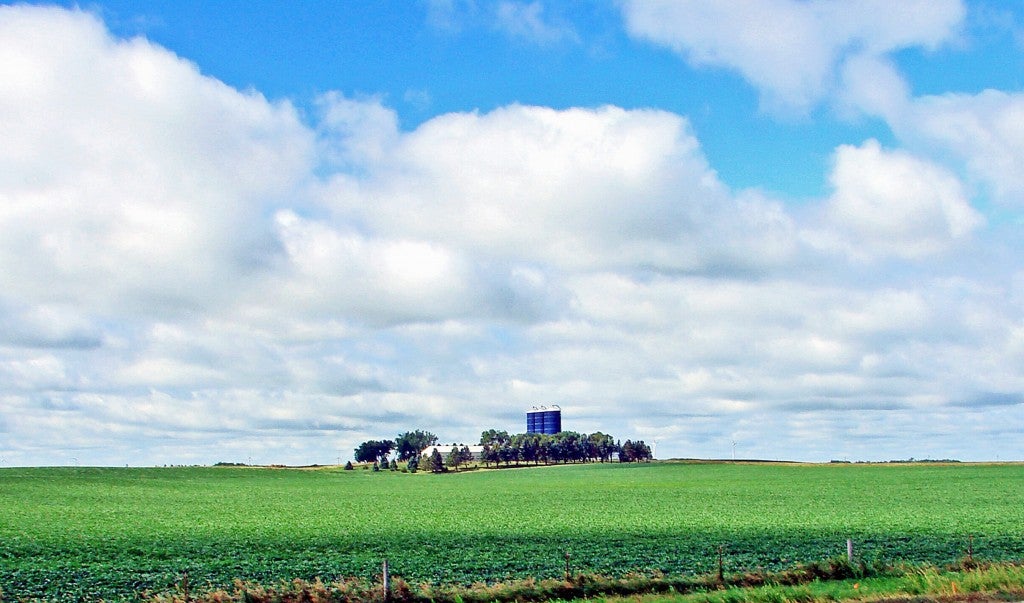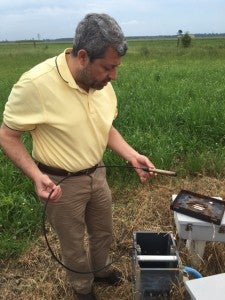Smithfield Foods, the world’s largest pork producer, has committed to a major increase in manure-to-energy projects. The company will invest in infrastructure and provide farmer incentives to install manure lagoon covers and digesters on 90 percent of its total hog finishing capacity, a standardized measurement that excludes sow and nursery farms, in North Carolina, Missouri and Utah over the next ten years.
This is a major step forward for the hog industry. Open lagoon and sprayfield systems of manure management are predominant in North Carolina and raise concerns about greenhouse gas emissions, water quality, odor and resilience to extreme rainfall.
There are currently only a few manure-to-energy projects in North Carolina. This commitment from Smithfield means they will become the new status quo.
The company’s largest source of greenhouse gases is methane emitted from open manure lagoons. Here’s how this commitment will turn that liability into an asset – and how we can ensure that it delivers the full potential benefits of the change. Read More










